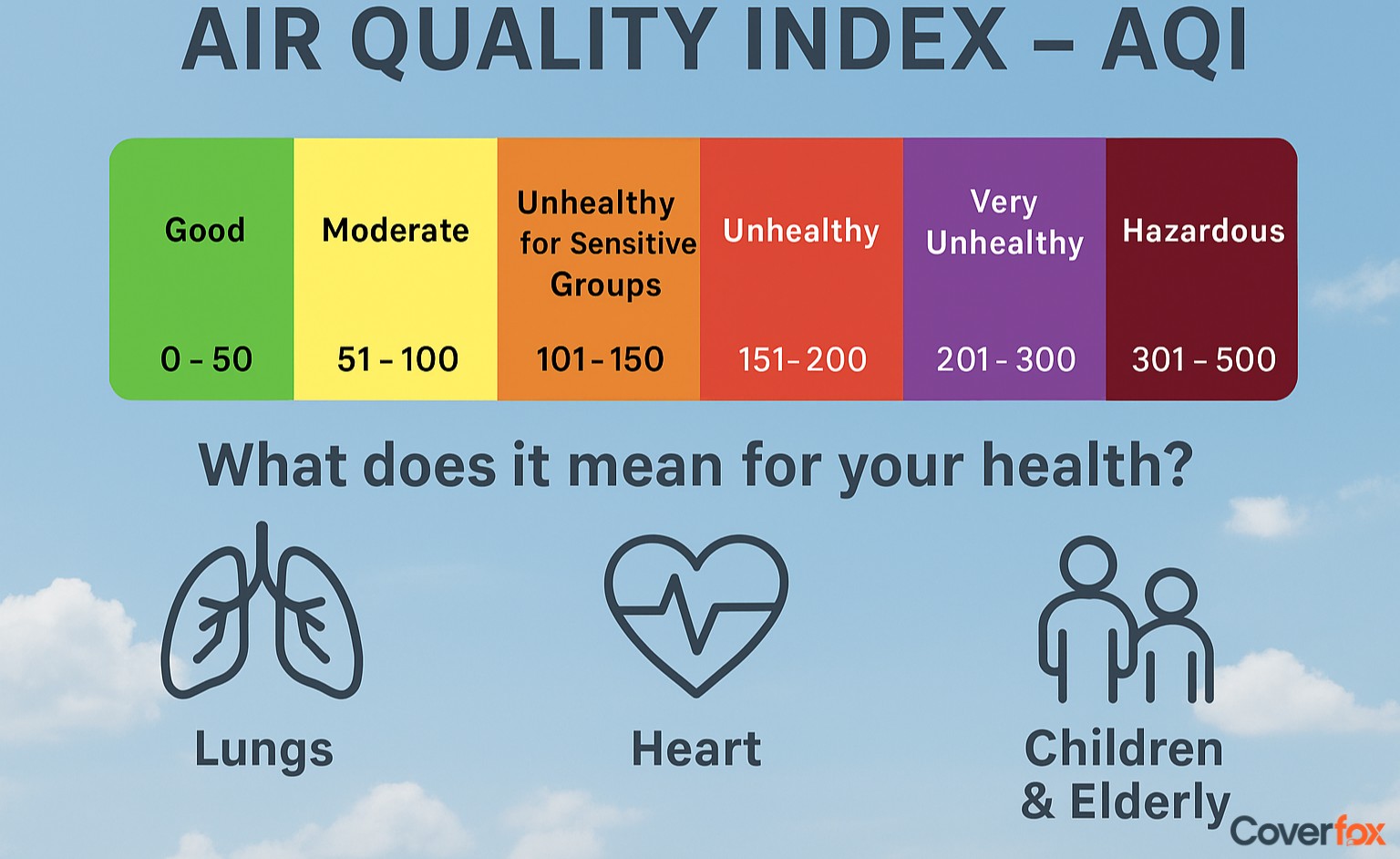With healthcare costs climbing rapidly, many people find that their current health plan’s coverage no longer meets their needs. You might buy an additional policy to increase your financial protection or to claim extra tax benefits under Section 80D of the Income Tax Act.

In some cases, your employer’s group cover might not be enough, prompting you to purchase an individual plan for added security.
Reasons may be many, but holding multiple policies is a common occurrence in a family’s portfolio. Today, we’ll discuss how to go ahead and claim in case of multiple health policies and what care should be taken.
Claiming Health Insurance from Multiple Insurers
If you hold more than one health insurance policy, you can use them together to settle your medical expenses. However, insurers will not pay for the same expense twice — the total payout across all policies cannot exceed your actual hospital bill.
Generic Process
Same Insurer (Multiple Policies)
Different Insurers
When you’re hospitalised, start by filing a claim with one insurer — ideally the one offering cashless service at your chosen hospital or the policy with the higher sum insured. Once that claim is settled, you’ll receive a claim settlement summary, which you’ll need to file with the next insurer if the expenses exceed the first policy’s coverage.
If you have more than one policy from the same insurer, the process is easier. The insurer will combine the limits of all your active policies and settle your claim accordingly. You only need to file once, and the insurer adjusts the claim across your policies internally.
Example: Suppose you hold a ₹3 lakh policy from Insurer A and another ₹2 lakh plan from Insurer B. If your hospital bill totals ₹4.5 lakh, Insurer A pays ₹3 lakh and issues a settlement summary. You can then submit that document and remaining bills to Insurer B to claim the balance ₹1.5 lakh.
When policies are from different insurers, you must file separately. The first insurer pays up to its limit, and then you submit the balance amount with the settlement summary to the second insurer.
Example: You have a ₹3 lakh policy from Insurer A and a ₹2 lakh policy from Insurer B. If your hospital bill is ₹4.5 lakh, Insurer A pays ₹3 lakh and issues a settlement summary. You then submit the summary and remaining bills to Insurer B, which reimburses ₹1.5 lakh.
Documents Needed for Claiming Health Insurance from Multiple Insurers
When filing a claim with more than one insurer, you need to submit all required documents to the first insurer, and then share the claim settlement summary, along with pending bills, with the second insurer. Below is the standard list of documents:
- Claim form (duly filled and signed)
- Hospital discharge summary
- Final hospital bill with a detailed breakdown of charges
- Payment receipts for all expenses
- Doctor’s prescriptions and diagnostic test reports
- Copy of health insurance policy (for each insurer)
- Photo ID and address proof of the insured
- Claim settlement letter/summary from the first insurer (mandatory when approaching the second insurer)
- Bank details / cancelled cheque (for reimbursement claims)
Note: If you are using a cashless facility, most documents are directly shared by the hospital with the insurer. For reimbursement claims, you must personally submit them to each insurer.
Previous Regulations on Health Insurance Claims
Prior to the IRDAI (Insurance Regulatory and Development Authority of India) Health Insurance Regulations, 2013, all indemnity-based policies followed the “contribution clause.” This meant that when multiple insurers were involved, each insurer shared the claim in proportion to their respective sum insured.
Example:
If a person had two policies — Policy A with ₹2 lakh coverage and Policy B with ₹3 lakh coverage — and incurred a claim of ₹1 lakh, the insurers would split the payment in a 2:3 ratio. That means Insurer A would pay ₹40,000 and Insurer B would pay ₹60,000.
While this ensured that no single insurer bore the full liability, it created multiple difficulties for policyholders, such as:
- Confusion about claim filing – Policyholders were unsure which insurer to approach first and how the claim would be split.
- Delays in settlement – Since both insurers had to coordinate, claims often took longer to process.
- Repeated documentation – Insured individuals had to submit the same set of documents to each insurer separately.
- Increased follow-ups – Customers had to constantly chase multiple insurers for their share of the claim.
- Higher administrative costs for insurers – Processing partial claims added to paperwork and slowed down approvals.
These challenges highlighted the need for a simplified process, which led to the revised IRDA guidelines in 2013.
Key Changes Brought by the 2013 IRDAI Health Regulations
To resolve the hardship faced by consumers and streamline the process, the IRDA’s Health Insurance Regulations of 2013 introduced customer-friendly provisions:
Fixed Benefit Products
Indemnity-Based Products
Excess Claims
For products like critical illness, hospital cash, or personal accident, the contribution clause does not apply. Each insurer pays the full benefit as per the policy terms, regardless of other policies in force.
Policyholders can now choose any one insurer to file their claim. That insurer must settle the claim as per policy terms, even if other policies exist.
If the claim exceeds the sum insured under the chosen policy, only then can the insurer invoke the contribution clause, allowing the remaining balance to be claimed from other insurers.
Recent IRDAI Regulations on Health Insurance (Highlights)
In the past few years, IRDAI has introduced further reforms to make health insurance more transparent and consumer-friendly:
- Standardisation of Health Products – Launch of products like Arogya Sanjeevani (2020) with uniform features across all insurers for easier comparison.
- No Claim Denial After 8 Years – After the moratorium period, insurers cannot reject claims (except for proven fraud or permanent exclusions).
- Customer Choice in Claims – Reinforced that policyholders can freely choose the insurer to approach first when holding multiple indemnity policies.
- Portability Rights – Policyholders can switch insurers without losing continuity benefits like waiting periods.
- Improved Claim Settlement Timelines – Insurers must settle claims within 30 days of receiving all documents, failing which they pay interest.
- Cashless Everywhere (IRDAI Directive, January 2024): Insurers must enable cashless treatment at any registered hospital within one hour of intimation — even if it’s outside the network. (Source: IRDAI Press Release, January 2024)
- Wellness & Digital Initiatives – Recognition of telemedicine, preventive care, and wellness-linked rewards in health plans.
Understanding Claim Scenarios and Choosing the Right Insurer
When a policyholder has more than one health insurance policy, the way a claim is handled depends on the claim amount and the sum insured under each policy.
For example, if the claim amount is ₹1 lakh and the sum insured under Policy A is ₹2 lakh and under Policy B is ₹3 lakh, the policyholder can approach either insurer. If the claim is filed under Policy A, the insurer will pay the full ₹1 lakh (subject to policy terms), since it falls within the coverage.
However, if the claim amount is ₹5 lakh with the same two policies (₹2 lakh under Policy A and ₹3 lakh under Policy B), the contribution clause comes into play. In this case, even though the policyholder can choose which insurer to approach first, both insurers will share the claim proportionately. Policy A will pay ₹2 lakh, and Policy B will pay ₹3 lakh.
So, which insurer should you choose first? While it’s your choice, here’s how to decide smartly:
- If you are covered under a group policy (such as through your employer), use that first. This preserves your No Claim Bonus (NCB) in your personal policy.
- Between two standalone policies, prefer the older policy, since waiting periods and pre-existing condition exclusions are usually already completed.
- If one of your policies has a multiplier or bonus feature, avoid claiming from it unless necessary, as a claim could reduce or nullify the accumulated benefit.
- If one of your policies offers restoration or cumulative bonus, avoid claiming from it first unless necessary. Doing so may reduce your accumulated bonus benefits.
In short, while multiple policies give you flexibility, making the right choice about which insurer to approach ensures not just smooth claim settlement, but also better protection of your long-term policy benefits.
Common Mistakes to Avoid When Claiming from Multiple Insurers
- Not informing all insurers about existing policies during purchase — this may affect claim coordination.
- Submitting only original bills to the first insurer and failing to keep certified copies.
- Delaying the second claim beyond the insurer’s submission timeline.
- Overlapping claims on the same expense, which can lead to rejection.
Summing Up
Understanding how to coordinate claims between multiple health insurers can save you time, money, and stress during a medical emergency. While the IRDAI has simplified rules to favour policyholders, it’s still wise to keep your insurance portfolio compact and well-documented to avoid hassles later.
Also Read:
Top Benefits of Having Multiple Health Insurance Plans
Top Healthcare Insurance Policies with Best Claim Settlement Ratio
Frequently Asked questions
Can I claim health insurance from two companies for the same hospitalisation?
Yes, you can, but only up to the actual hospital bill amount and as per policy terms.
Can I split a medical bill between two health insurance providers?
Yes, if the bill exceeds the sum insured of one policy, you can claim the balance from another insurer.
Does the IRDA allow multiple claims for the same treatment?
Yes, IRDA regulations permit multiple claims, but the total payout cannot exceed the actual expenses.
Can I use a group policy and an individual policy for the same claim?
Yes, you can use both together, and it’s often smarter to claim under the group policy first to preserve your individual benefits.
How many insurers can you have at a single time?
You can have any number of insurers simultaneously, but you must always be transparent about existing coverage to prevent fraud and to ensure proper coordination of benefits when filing claims.
Disclaimer: This article is for general informational purposes only and does not constitute legal or financial advice. Readers should consult their insurer or a licensed advisor for specific claim procedures.





